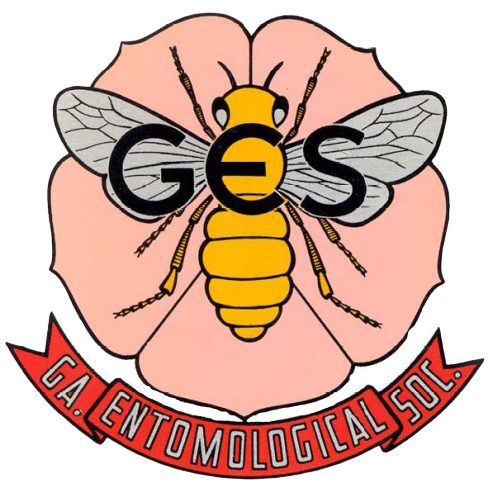Effectiveness and Residual Effects of Seven Insecticides on Dalbulus maidis (Homoptera: Cicadellidae) and Peregrinus maidis (Homoptera: Delphacidae)2
Effectiveness and residual effects of seven insecticides, methomyl, carbaryl, malathion, diazinon, oxydemeton-methyl, acephate, and dimethoate, on Dalbulus maidis (DeLong and Wolcott) and Peregrinus maidis (Ashmead), the insect vectors of five tropical corn pathogens were determined by spray application on the upper surfaces of corn leaves. Oxydemeton-methyl, a systemic insecticide, had the greatest effect on both D. maidis and P. maidis with 99 and 100% mortality respectively at day 0 post-treatment, and its effect continued for 3 days thereafter. Carbaryl, a contact insecticide, displayed the longest residual effect of all insecticides tested against P. maidis and D. maidis with mortality continuing up to 10 and 15 days post-treatment, respectively. Malathion, oxydemeton-methyl, carbaryl, dimethoate, and diazinon all killed significantly (P = 0.05, F=7.63) more P. maidis than D. maidis at one or more post treatment dates suggesting that D. maidis may have a greater tolerance to insecticides than P. maidis.
Contributor Notes
2Florida Agricultural Experiment Journal Series No. R-00140. Use of a trade name does not constitute a guarantee of the product by the University of Florida and does not imply its approval to the exculsion of other products that may be also suitable.
3Department of Plant Pathology, University of California, Davis, CA 95616.
